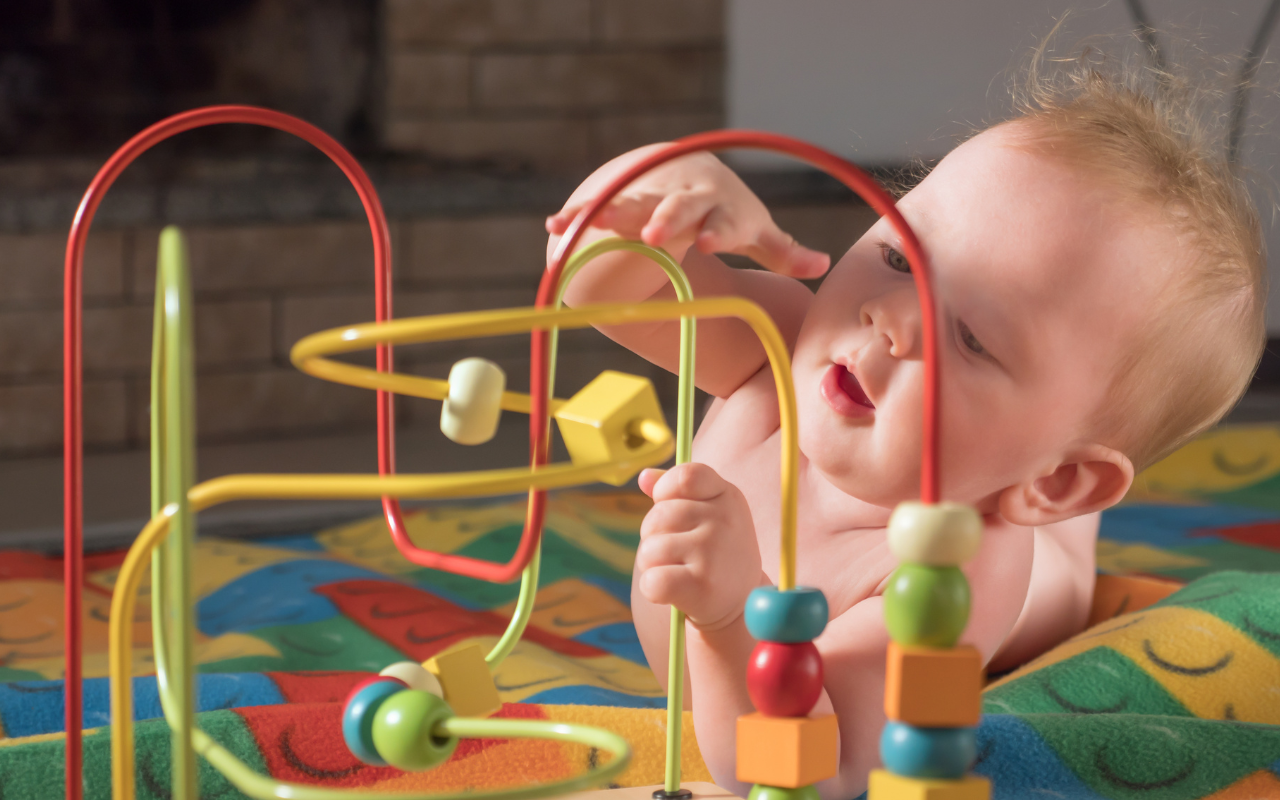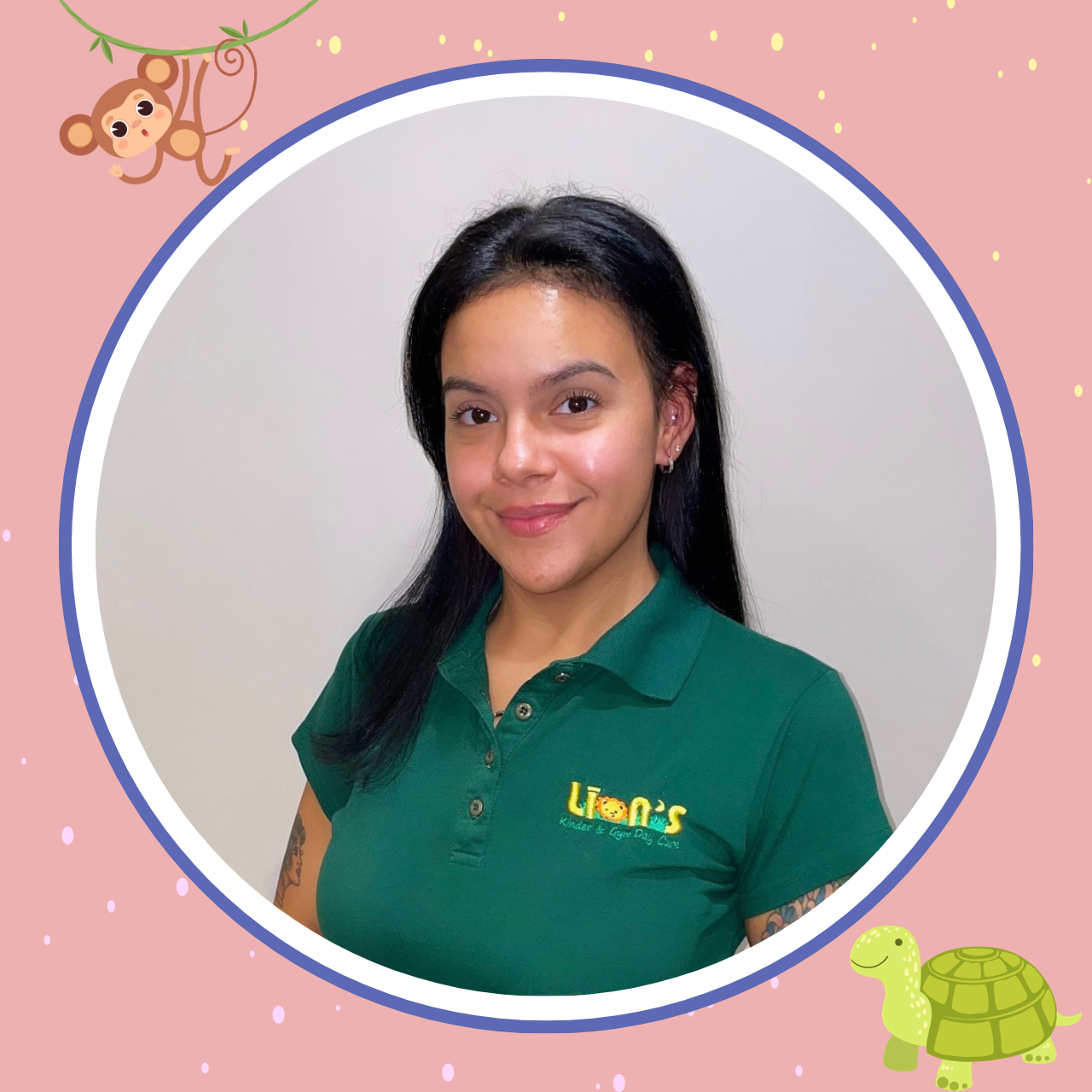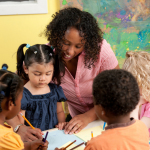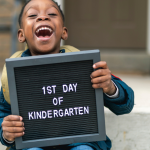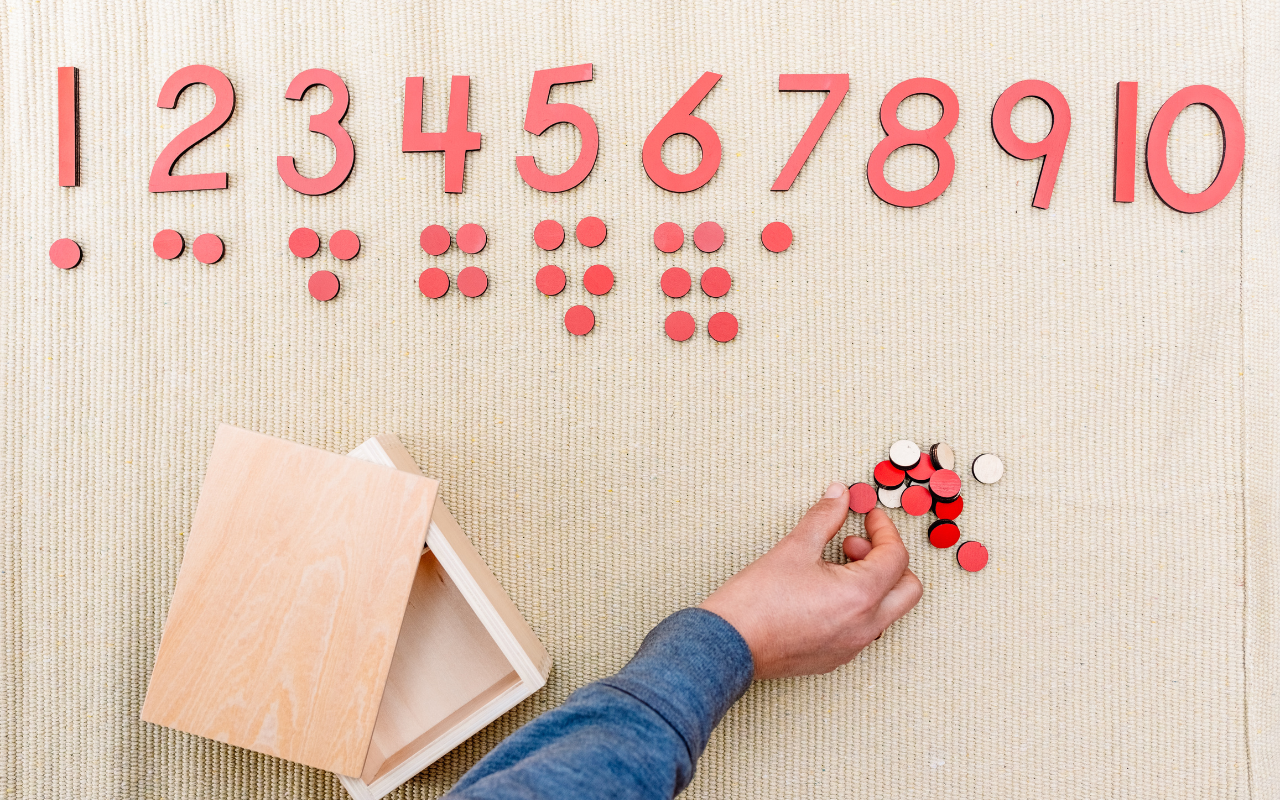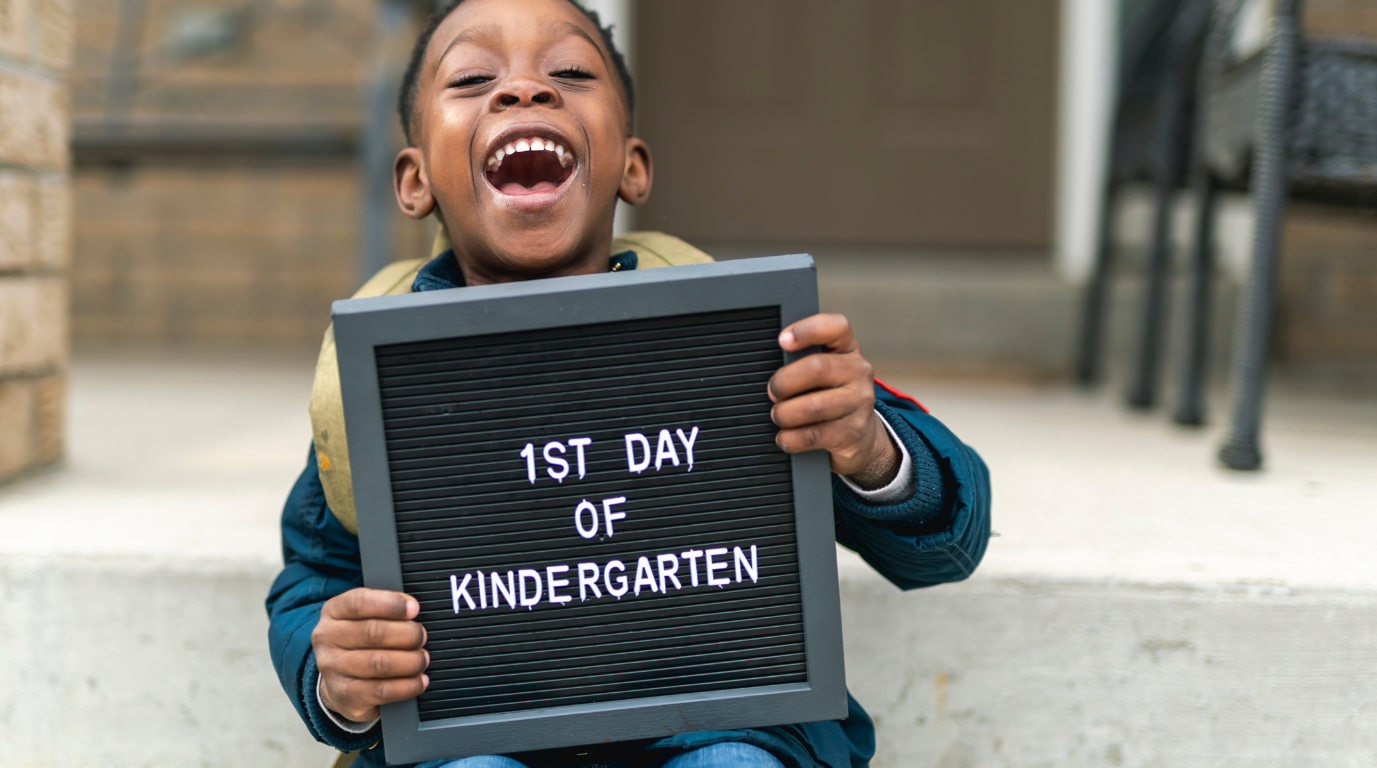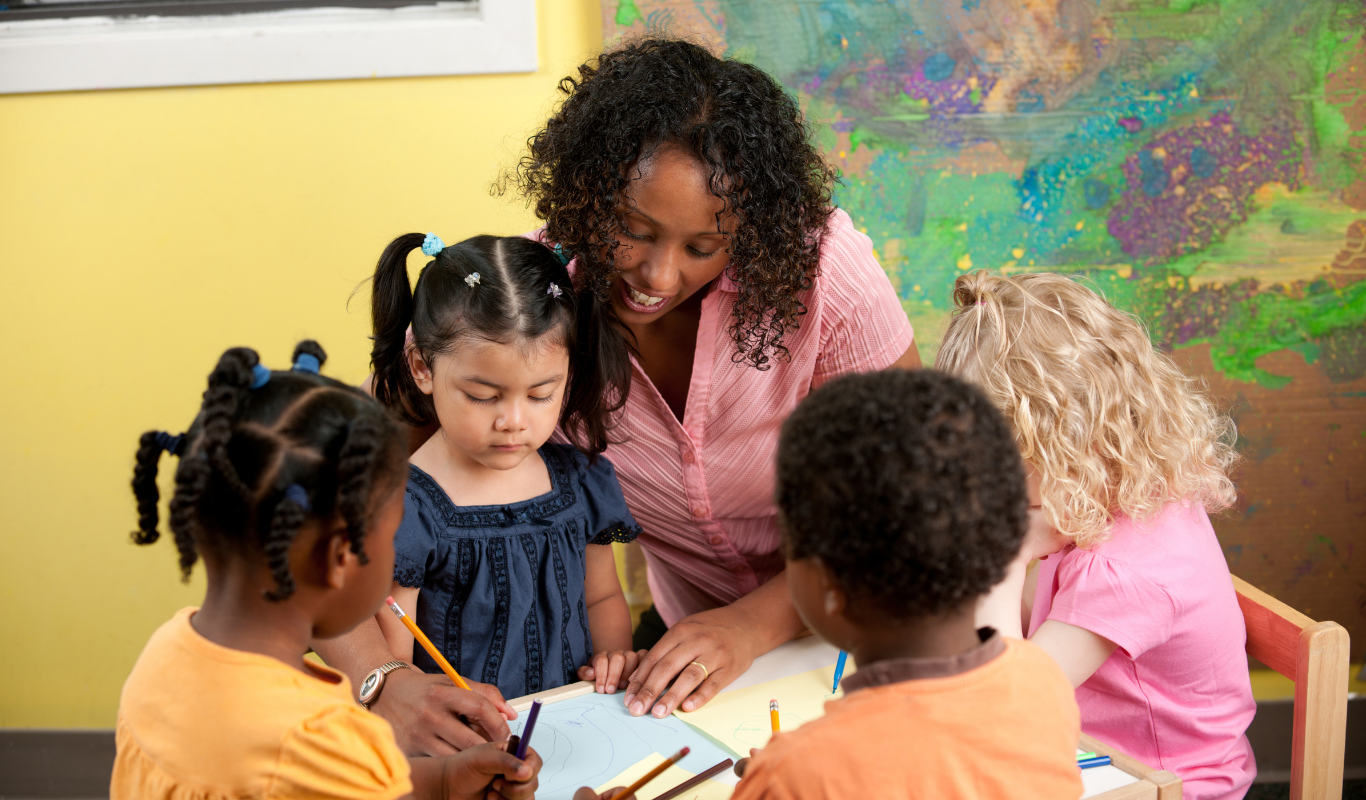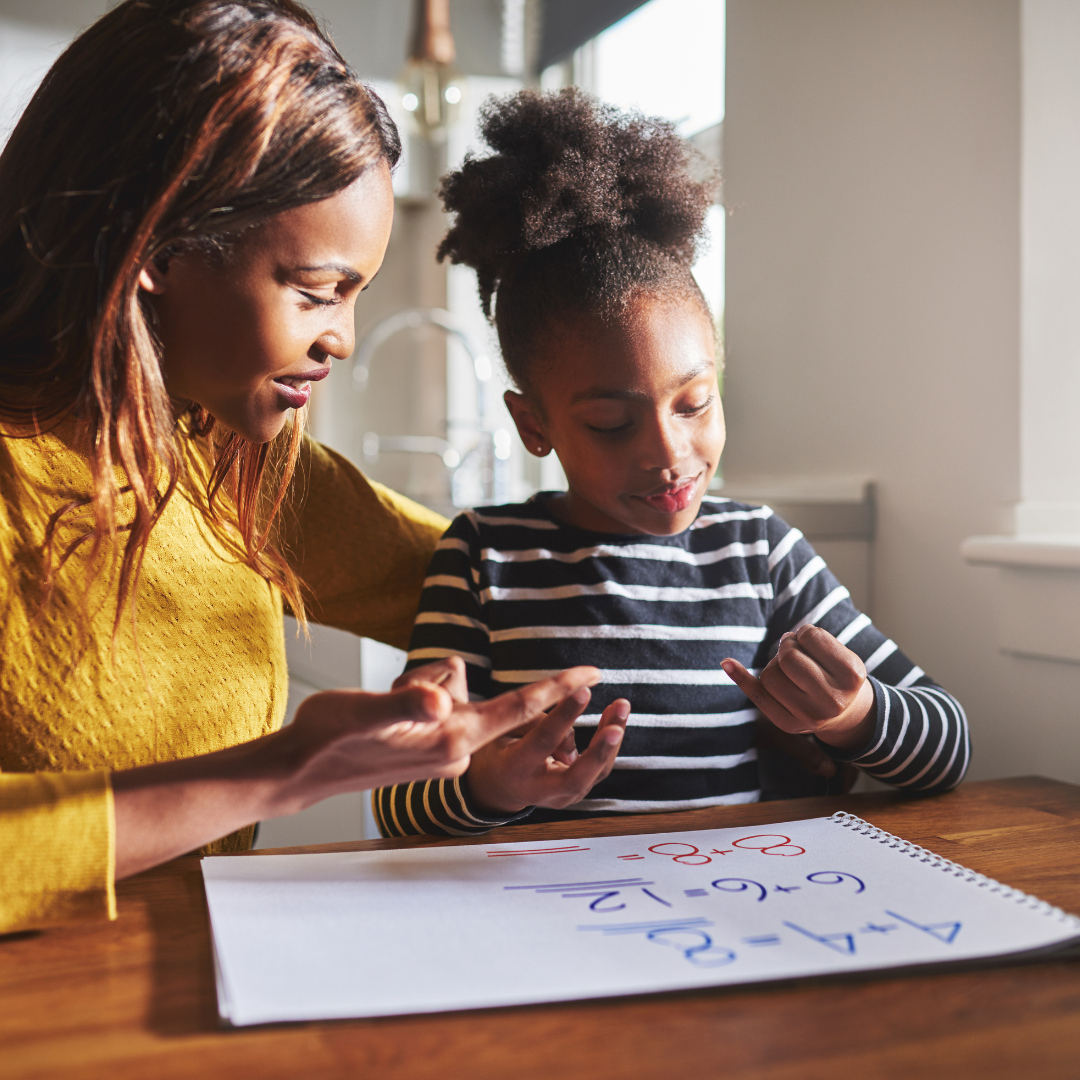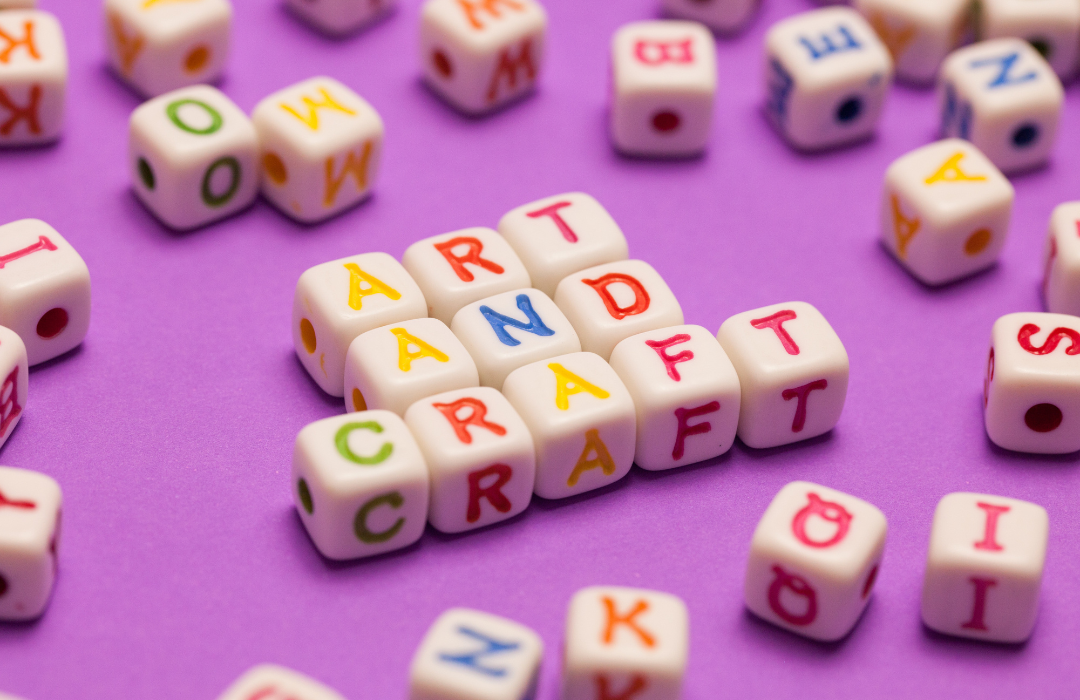Fine motor skills development typically progresses through stages from infancy to early childhood:
Infancy (0-12 months): During this stage, babies gradually develop the ability to grasp objects. Initially, they use a palmar grasp (grasping with the entire hand), later progressing to a pincer grasp (using the thumb and forefinger) to pick up small objects.
Toddlerhood (1-3 years): Toddlers refine their fine motor skills by engaging in activities such as stacking blocks, using crayons or markers to make marks, and manipulating toys that require more precise hand movements. They also improve hand-eye coordination through simple puzzles and building activities.
Preschool (3-5 years): At this stage, children further enhance their fine motor skills. They can hold writing tools with a more refined grip, draw basic shapes, use scissors, and participate in crafts that involve cutting, pasting, and threading. These activities help develop hand strength and dexterity.
Activities that support the development of fine motor skills include:
Art and Crafts: Drawing, coloring, painting, cutting, and pasting activities promote hand-eye coordination and finger dexterity.
Playdough or Clay: Manipulating playdough or clay helps strengthen hand muscles and improves finger control.
Puzzles and Building Blocks: Playing with puzzles and building blocks encourages problem-solving and fine motor skill development.
Using Utensils: Practice using utensils for eating or pouring water from small containers helps refine hand movements.
Encouraging fine motor skill development in children is essential as these skills form the foundation for many academic and life skills. As children engage in these activities, they not only refine their motor skills but also build confidence in their abilities and improve their overall coordination and control.
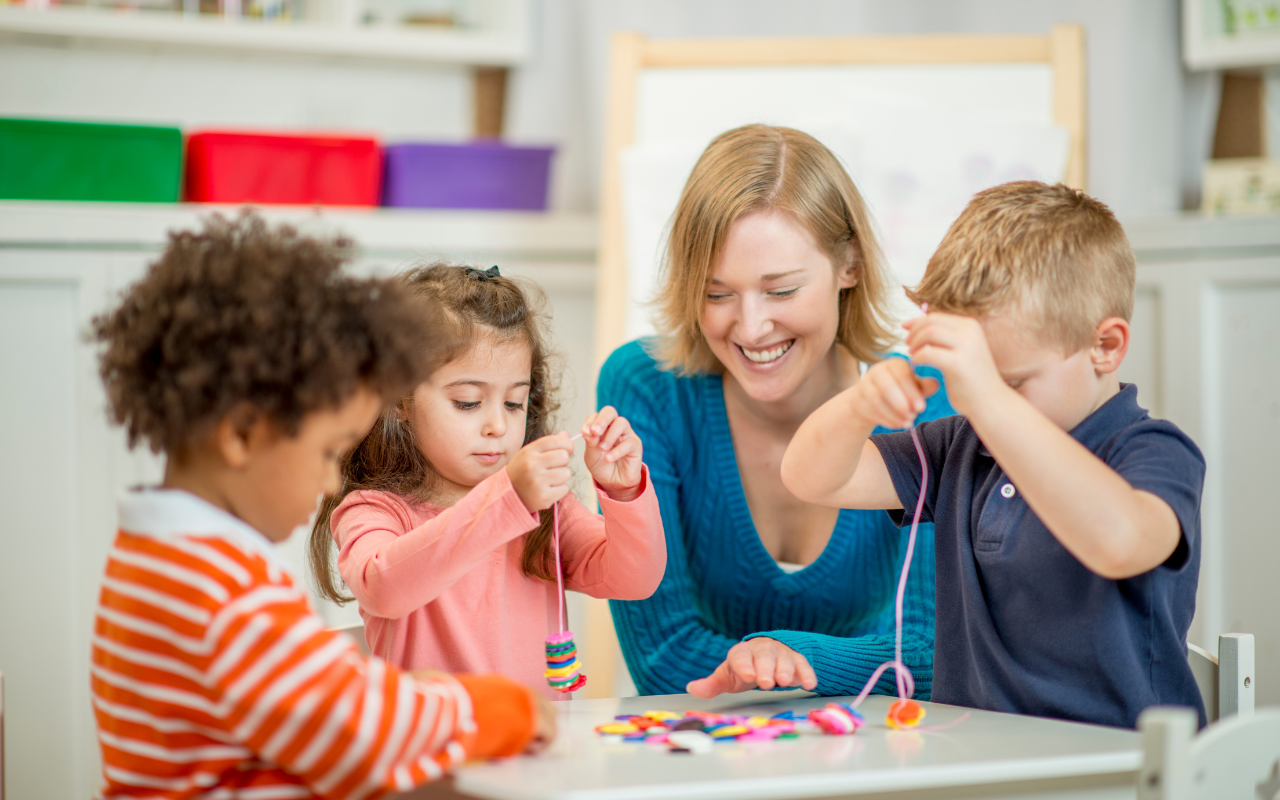
Key Points Regarding Motor Skill Development In Children
- The early years are crucial for laying the foundation of motor skills as children undergo rapid growth and development during this period.
- Providing ample opportunities for physical activity is essential for fostering motor skills. Active play, running, jumping, climbing, and engaging in various physical activities aid in muscle strengthening, coordination, balance, and spatial awareness.
- Supportive environments rich in stimulating experiences contribute significantly to motor skill development. Access to age-appropriate toys, safe spaces for physical play, and engaging activities play a crucial role.
- Supportive caregivers and educators who encourage and engage children in diverse activities significantly impact motor skill development.
- While certain cultural, socio-economic, or geographical factors might influence resource availability, the emphasis on early childhood experiences and supportive environments is consistent across various communities and demographics.
- Prioritizing environments that encourage active play, physical exploration, and varied stimulating activities is crucial for fostering robust motor skill development. These efforts set the stage for children's overall physical and cognitive development.
New Methods Have Emerged!
In the realm of child development and education, several new methods and approaches have emerged over recent years that have reshaped teaching, learning, and skill development. Some of these innovative methods include:
Technology Integration: The integration of technology in education has revolutionized learning. Tools such as interactive whiteboards, educational apps, virtual reality, and online learning platforms provide engaging and personalized learning experiences. These technologies offer interactive ways to teach various subjects, cater to diverse learning styles, and facilitate remote learning.
Project-Based Learning (PBL): PBL is an approach where students learn by actively engaging in real-world and hands-on projects. It fosters critical thinking, problem-solving, collaboration, and communication skills by allowing students to explore topics deeply and apply their learning to practical situations.
Personalized Learning: This approach tailors education to individual student needs, preferences, and pace. Adaptive learning software, differentiated instruction, and competency-based education allow students to learn at their own speed, focusing on their strengths and areas needing improvement.
STEM/STEAM Education: Emphasizing Science, Technology, Engineering, (Art), and Mathematics, these interdisciplinary approaches integrate these subjects into cohesive learning experiences. They encourage creativity, innovation, and problem-solving skills by applying knowledge across multiple domains.
Inquiry-Based Learning: This method encourages curiosity and exploration by posing questions and guiding students to investigate solutions independently. It fosters critical thinking, research skills, and a deeper understanding of concepts through self-directed learning.
Social-Emotional Learning (SEL): Focuses on developing emotional intelligence, self-awareness, social skills, and responsible decision-making. SEL programs aim to cultivate empathy, resilience, and positive relationships, contributing to overall well-being and academic success.
Flipped Classroom: In this model, students review instructional content at home through videos or online materials, freeing up class time for interactive discussions, projects, and application of concepts under the guidance of the teacher.
Gamification: Applying game elements and principles in non-game contexts to engage and motivate students in learning activities. Gamified learning platforms often use rewards, challenges, and competition to make learning more enjoyable and interactive.
These new methods are continuously evolving and being refined based on research and practical application, aiming to enhance learning experiences and cater to the diverse needs of students in today’s educational landscape.
Welcome to Lions Kinder Gym!
If you are looking for practical, fun and varied activities, you have come to the right place!
As education continues to evolve, the amalgamation of innovative methods has reshaped the learning landscape, offering a spectrum of approaches to engage and empower learners. Embracing technology integration, personalized learning, and project-based approaches has sparked a transformation in how knowledge is imparted and absorbed. The emphasis on fostering not only academic prowess but also social-emotional skills through STEM/STEAM, inquiry-based learning, and SEL initiatives demonstrates a shift towards holistic education.
As educators, parents, and advocates for learning, the journey forward lies in combining the best of these methodologies, leveraging technology while emphasizing the human elements of curiosity, exploration, and self-discovery. It’s in this harmonious blend of tradition and innovation that we pave the way for a more inclusive, dynamic, and effective educational experience, nurturing the diverse talents and potential of every learner on their unique path to success.

